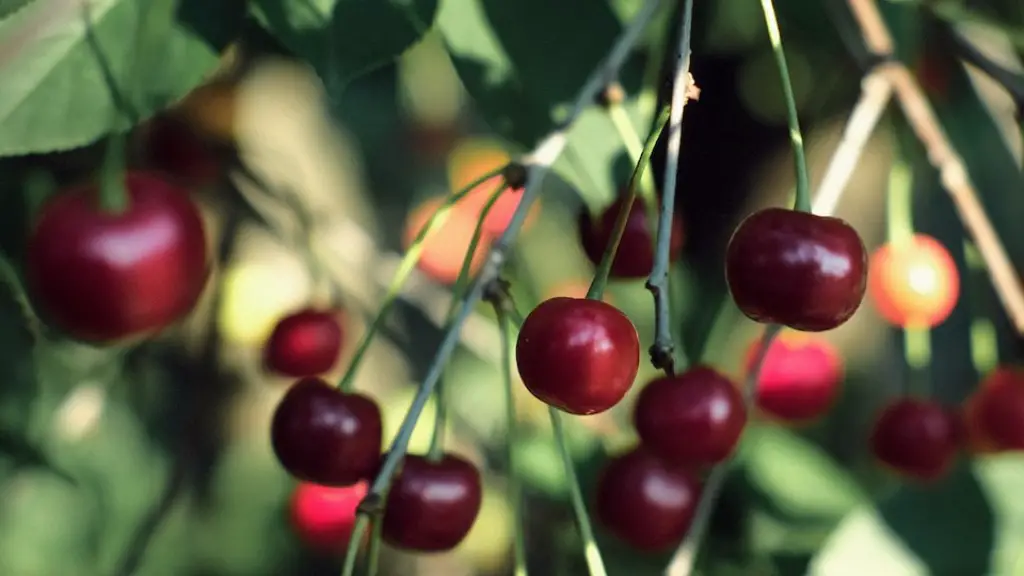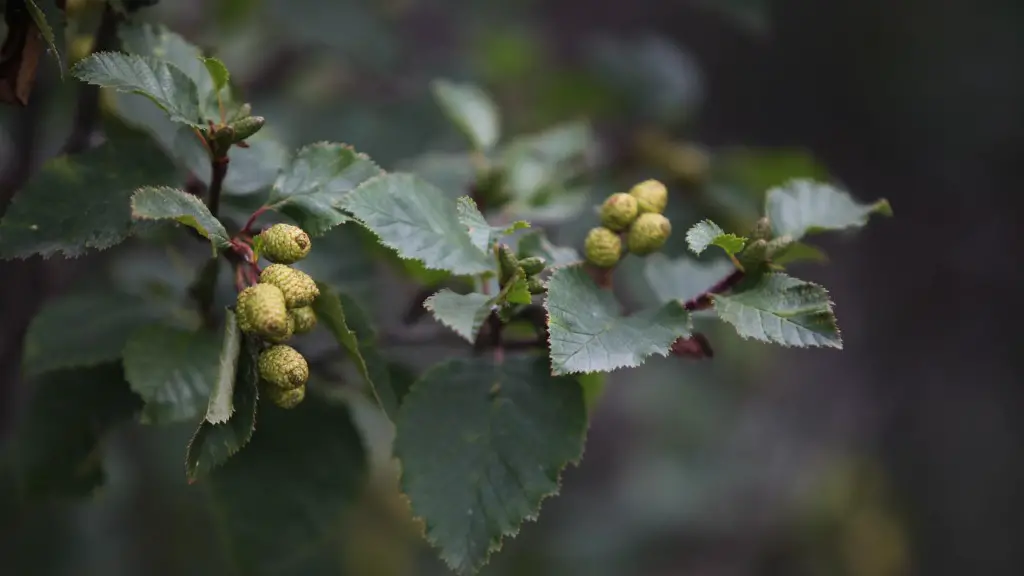What is Grafting?
Grafting is a type of process where two parts of the same plant, or two different plants, are joined together so that they become one. It is commonly used to breed new and improved varieties of crops, trees and vines which can produce larger yields or be more resistant to disease and pests. In the case of an avocado tree, it essentially combines two different plants which have different desirable characteristics. Grafting an avocado tree is becoming a popular practice that helps to increase the success rate of planting the tree.
When to Graft an Avocado Tree?
It is important to know when to graft an avocado tree as this affects the success rate of planting. Grafting avocado trees when the seedlings are around two to four years old is generally best, as the trees have more established roots and stronger trunks which make them more suitable for grafting. If the avocado tree is grafted earlier than two years old, the tree may not have time to develop a strong enough trunk, which would make the grafting process more challenging.
Grafting an avocado can be done any time of the year, however, it is best done during the early spring months when the tree is dormant. This is because when the tree is dormant it can better heal itself, resulting in a more successful graft. During this time, the sap pressure in the tree is lower, which decreases the chance of large amounts of sap leaking from the grafted area as the tree is grafted.
Grafting at a Nursery
In some cases, it is possible to purchase avocado trees from nurseries that are already grafted, or to have them grafted at the nursery. This can be beneficial as it saves the effort and time that it takes to undertake the grafting process at home. Grafting avocado trees at a nursery has the benefit that the process can be overseen by a professional who can ensure that the trees are successfully grafted and in good health.
Nurseries that undertake grafting will generally have a good range of avocado rootstocks, which have been selected and chosen to be compatible with desired avocados which have been selected as scions. Grafting at a nursery is generally a reliable and successful way in which to graft an avocado tree and achieve the desired outcome.
Grafting at Home
When done with care and attention, grafting an avocado tree at home can be very successful. Home grafting is a good option if you want to obtain a specific type of avocado tree that is not available at a nursery.
The most important part of grafting an avocado tree at home is the selection of a rootstock, which should be ideally approximately two or three years old, with a well-established root system and trunk. It is also important to choose a scion, which should be a healthy branch, preferably one that is around the same diameter as the rootstock.
When grafting at home, there are a number of different techniques that can be used, such as whip grafting, tongue grafting and cleft grafting. It is important to pay attention to the process as this ensures that the tree is successfully grafted and will produce the desired results.
Maintenance After Grafting
In order for the grafting process to be successful and for a healthy tree to develop, specific steps should be taken after the grafting process is completed. The grafted area should be tied in place and the tree should be monitored for the first year to ensure that a strong union is formed between the rootstock and scion, and that the tree is growing normally.
The tree should be kept in a sheltered area when first grafted, as it is important to protect the tree from excessive winds and harsh weather. A sheltered area should also be in place to protect the tree from any unwanted pests and diseases. After it is established, the avocado tree should be pruned lightly and regularly to keep the tree in good shape.
Fertilizing an Avocado Tree
Fertilizing is a vital part of maintaining a healthy avocado tree and ensuring that it produces the best possible yield. Fertilizer should be used mainly in the spring and summer months, when the tree is growing more quickly and requires more nutrients than during the winter season.
The amount and type of fertilizer used will depend on the age and size of the tree, as well as the soil type and local climate conditions. It is important to consult a local nursery or garden shop to receive advice on what type of fertilizer to use and how much of it should be used.
Irrigation of an Avocado Tree
Irrigation is also important for maintaining a healthy avocado tree. The main goal of irrigation is to ensure that the soil is moist during the summer months. Depending on the local weather conditions, the tree may need less or more water throughout its life. Overwatering can be more damaging to an avocado tree than underwatering, as it can cause the root rot.
It is important to ensure that the tree is irrigated enough to meet its needs, but not too much that the soil is oversaturated. If the soil is too dry, the tree’s leaves may start to turn yellow and drop off. If the soil is too wet, the roots can be damaged, leading to the plant being unhealthy and not growing optimally.
Protection from Pests and Disease
In order to keep an avocado tree healthy, it is important to monitor the tree for any signs of pests or disease. Different pests and disease can be present in the soil and on the tree, which can affect the development and growth of the tree.
It is important to monitor the tree regularly, particularly during the summer months, and if any signs of pests or disease appear, then particular treatments may be necessary. There are many different treatments that can be used, such as natural pesticides and fungicides, depending on the type of pests or disease present.
Pollination of an Avocado Tree
Pollination is an integral part of the growing of an avocado tree. Part of the process involves transferring pollen from the tree’s male flowers to the female flowers. This can be done by hand with a paintbrush, or by using specialized pollinating equipment, depending on the size and extent of the tree.
It is important to ensure that the process is done carefully and completely, as if too few of the female flowers are pollinated, then the fruit set and yield may be lower. It is also important to ensure that the pollen that is transferred is from an unrelated variety, otherwise the tree may not produce fruit.
Harvesting an Avocado Tree
Avocado trees require regular harvesting if they are to remain healthy and productive. If a tree is not harvested regularly, then it can become overladen with fruit, which can cause it to become unhealthy.
The best time to harvest avocados is when the fruit has fully changed color from green to yellow-brown. The fruit should be harvested carefully to avoid damaging other parts of the tree.
It is important to know the best uses for each variety that is harvested, as some varieties are best eaten fresh, some are better for cooking and some are better for making guacamole. The different uses will require slightly different harvesting techniques, so it is important to take care when harvesting an avocado tree.

